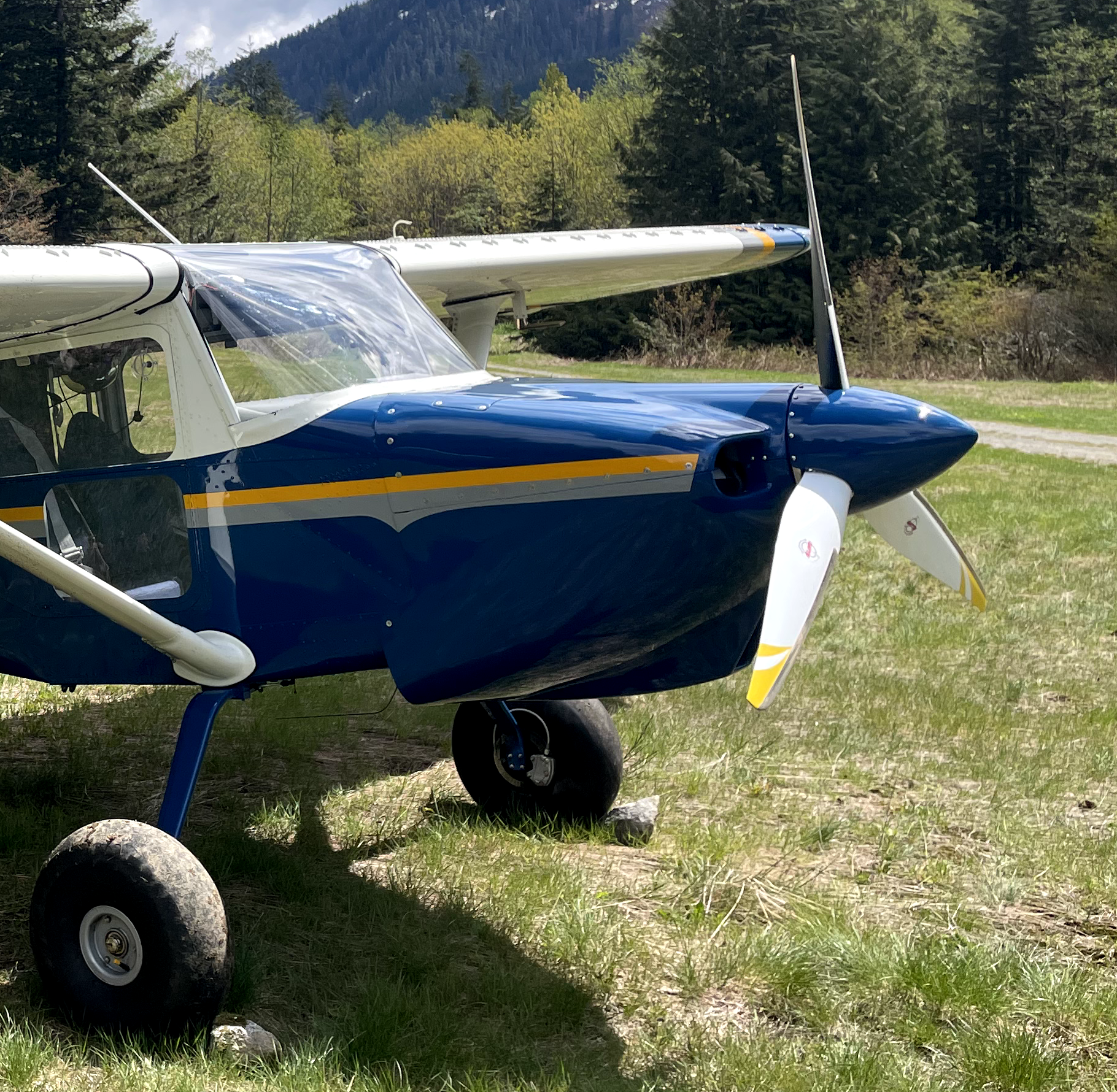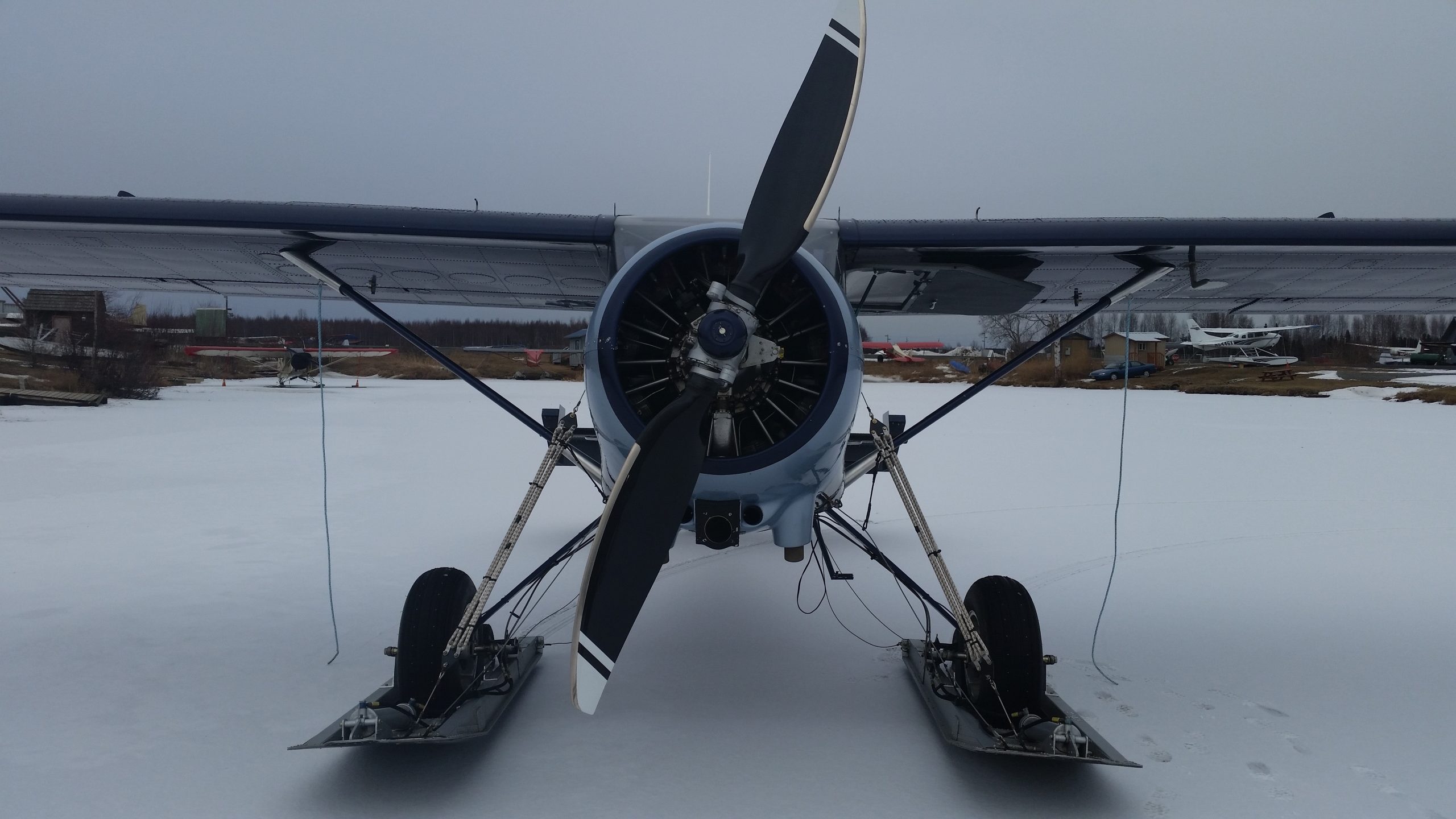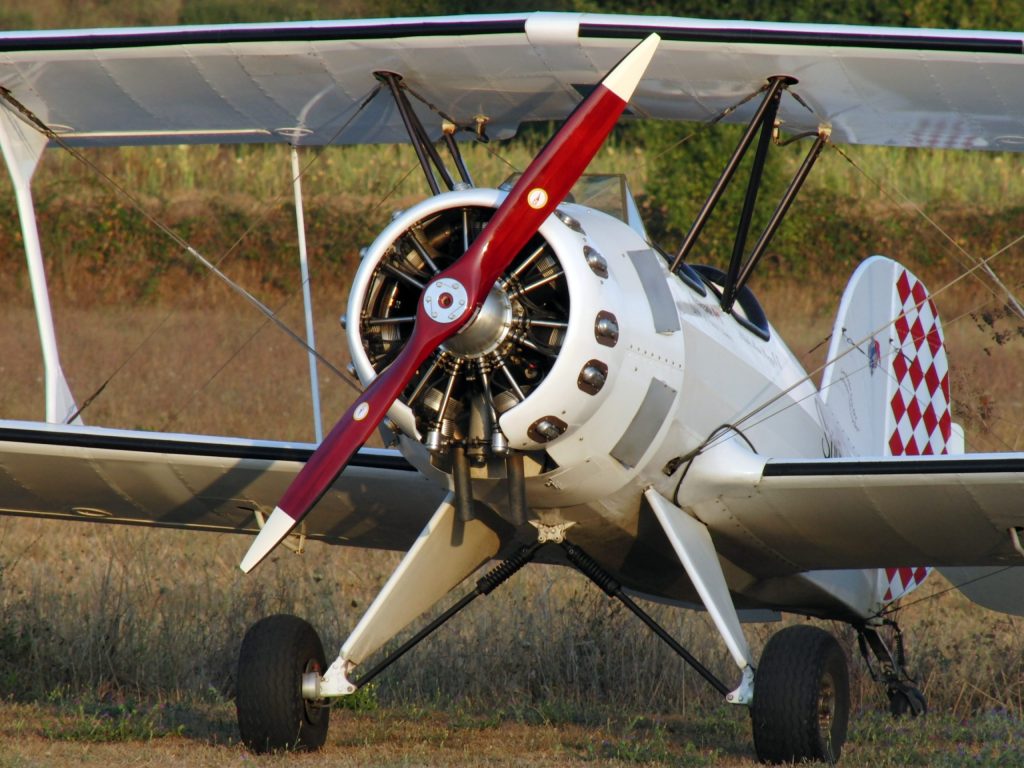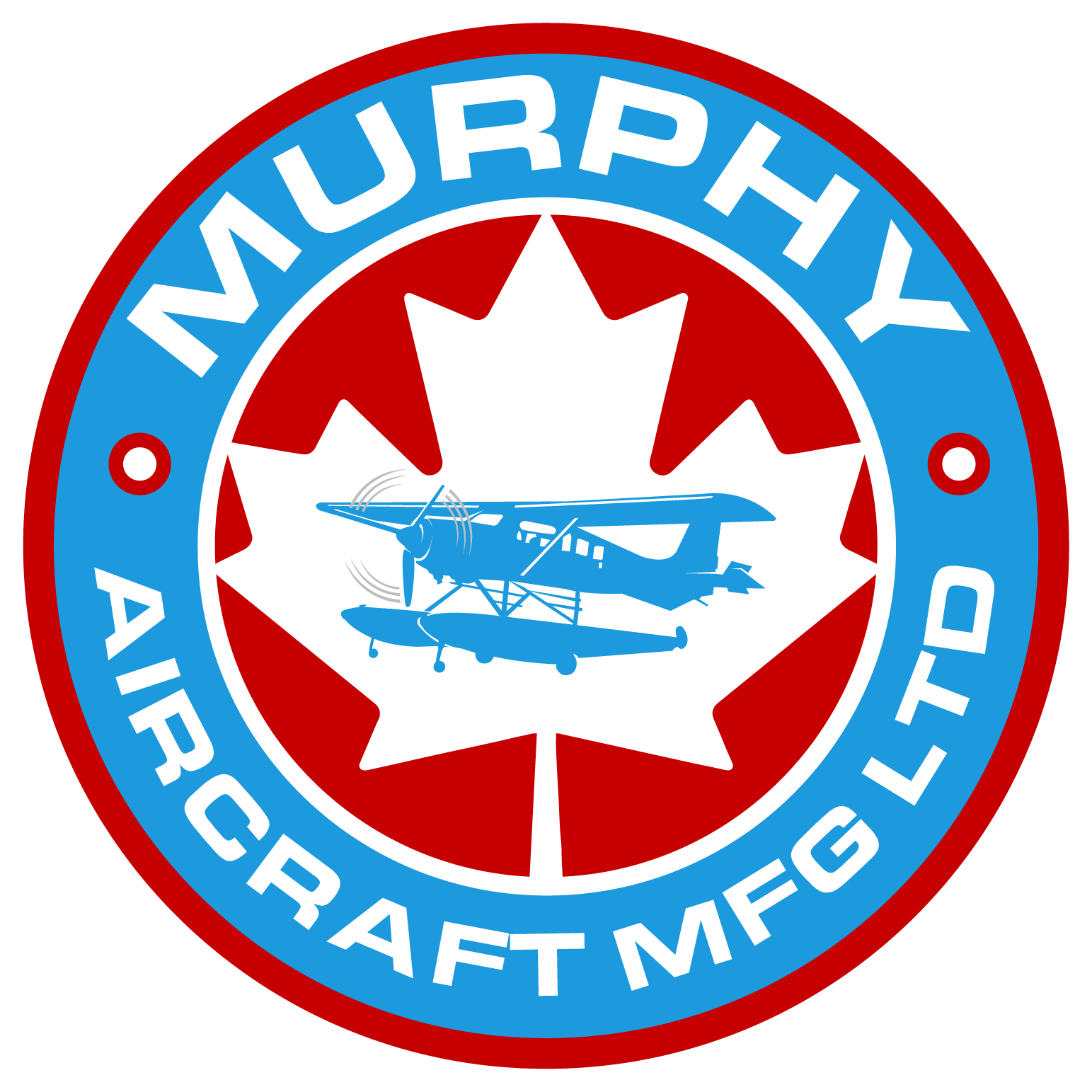How to choose Propellers



Choosing propellers for Murphy aircraft involves several considerations to ensure optimal performance and safety. Here’s a guide on how to choose propellers for such an aircraft:
Understand Aircraft Specifications: Begin by understanding the specifications of the Murphy aircraft, including engine type, horsepower, maximum RPM (revolutions per minute), and any manufacturer recommendations regarding propeller selection.
Determine Performance Requirements: Consider the desired performance characteristics of the aircraft. Factors to consider include cruise speed, climb rate, payload capacity, and fuel efficiency. Propeller selection will impact these performance metrics.
Consult the Aircraft Manual or Manufacturer: Review the aircraft manual or consult with the manufacturer for recommendations on suitable propellers for the specific model and engine configuration.
Consider Propeller Diameter and Pitch: Propeller diameter and pitch are crucial factors in propeller selection. Diameter affects the amount of thrust generated, while pitch determines how efficiently the propeller converts engine power into thrust. Select propeller dimensions that are compatible with the aircraft’s engine and performance requirements.
Choose Material and Construction: Propellers are typically made from materials such as aluminum, wood, or composite materials. Each material has its advantages and disadvantages in terms of durability, weight, and performance. Consider factors such as cost, weight, and environmental conditions when selecting the propeller material.
Balance and Vibration: Ensure that the chosen propellers are properly balanced to minimize vibration, which can affect both comfort and aircraft performance. Balanced propellers also reduce stress on the engine and airframe.
Seek Expert Advice: If you’re unsure about which propellers to choose, seek advice from experienced aircraft mechanics, propeller specialists, or other pilots who have experience with similar aircraft models.
Consider Environmental Factors: Operating conditions such as altitude, temperature, and humidity can affect propeller performance. Choose propellers that are suitable for the expected operating environment.
Test and Evaluate: Once you’ve selected propellers, conduct thorough testing and evaluation to ensure they meet performance expectations and operate safely within the aircraft’s operating envelope.
Regular Maintenance and Inspection: After installation, ensure that the propellers receive regular maintenance and inspection according to manufacturer recommendations to maintain optimal performance and safety.
Straight blade propeller vs Scimitar propeller
Coming soon

